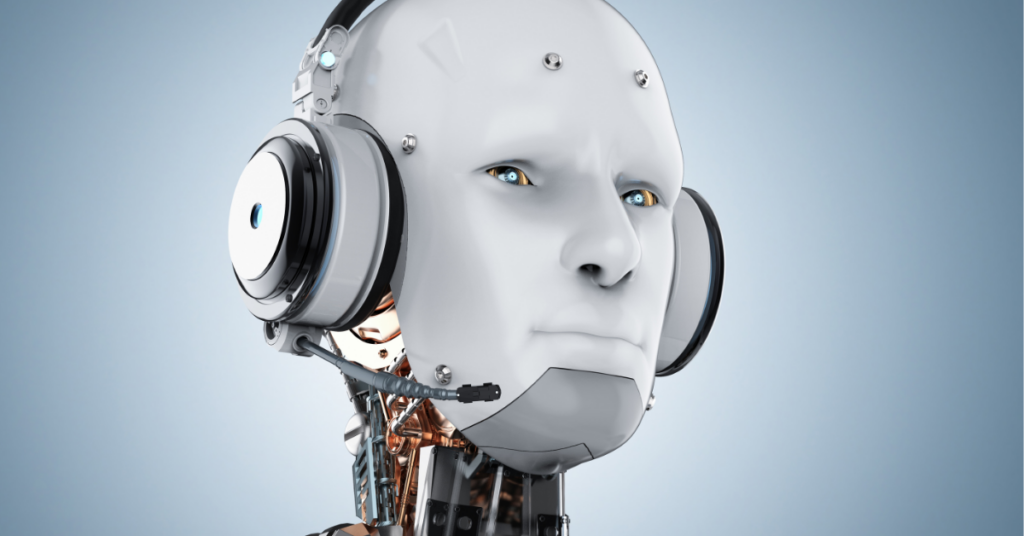
The world of finance is rapidly embracing artificial intelligence (AI). This technology, once relegated to science fiction, is now being used to analyse vast amounts of data and identify trading opportunities in the forex market.
For traders, AI offers exciting possibilities for faster analysis, automation, and potentially, improved profitability.
However, it’s crucial to understand that AI is a tool, not a magic formula. This guide will equip you with the knowledge to leverage AI responsibly and effectively in your trading strategy.
Before diving into how AI can assist you, let’s break down the basics. AI refers to machines that can simulate human intelligence, particularly the ability to learn and improve from data.
In the context of trading, AI utilises two main techniques: machine learning and deep learning.
Machine learning algorithms “learn” from historical data, identifying patterns and relationships that might not be obvious to human analysts. Deep learning builds upon this by using complex neural networks to analyse even more intricate data sets.
Both techniques allow AI to constantly evolve and improve its ability to identify trading opportunities.

This involves using AI algorithms to automate the trading process. The algorithm analyses market data according to pre-programmed instructions and executes trades based on its findings.
Here’s an example: An algorithmic trading strategy could be programmed to identify and capitalise on breakout trades. The AI would analyse historical price data and identify instances where the price breaks above or below a certain resistance or support level with significant volume.
If this pattern is detected, the algorithm could automatically execute a buy order (for breakouts above resistance) or a sell order (for breakouts below support). However, relying solely on algorithms can be risky, as unforeseen market events can lead to significant losses.
Don’t want to fully automate your trading? AI can still be a valuable tool. AI-powered platforms can generate trade signals based on market analysis. These signals can act as confirmation for your own analysis or help you identify potential entry and exit points for trades.
Let’s say you are a technical analyst who uses moving averages to identify trends. An AI tool could analyse various technical indicators alongside the moving averages and generate buy signals when multiple indicators align with a potential uptrend.
Remember, these are just signals, not guaranteed winners. Always conduct your own research and understand the rationale behind the signal before acting.

Technical analysts rely on historical price data and chart patterns to forecast future price movements. AI can take this analysis to a whole new level. By analysing vast amounts of historical data, AI can identify complex technical patterns that might be difficult for humans to spot.
For example, AI could be used to identify recurring candlestick reversal patterns with a higher-than-average success rate. This information could then be incorporated into your technical analysis strategy to help you identify potential turning points in the market.
News and social media can have a significant impact on market sentiment. AI can analyse this data to gauge the overall mood of the market. By understanding whether the sentiment is bullish (optimistic) or bearish (pessimistic), traders can make more informed decisions about their positions.
Imagine a scenario where a major central bank announces a dovish (expansionary) monetary policy decision. AI could analyse social media sentiment and news articles to gauge the overall market reaction.
If the sentiment is overwhelmingly positive, an AI tool could suggest opening long positions on currencies that might benefit from the dovish policy. However, it’s important to remember that sentiment analysis is just one piece of the puzzle, and unforeseen events can quickly change market direction.

Before you jump in and start using AI for every trade, it’s important to have a plan. Here’s how to integrate AI into your trading strategy responsibly:
1. Define your trading goals: The first step is to identify your risk tolerance and desired level of involvement. Are you a passive trader looking for minimal effort, or an active trader who enjoys in-depth analysis? Understanding your goals will help you choose the right AI tool and determine how much reliance to place on its signals.
2. Start with backtesting: Not all AI tools are created equal. Before committing real capital, choose a tool that allows historical data testing (backtesting). This lets you see how the AI would have performed on past market data. Evaluate the tool’s performance and identify any recurring strengths or weaknesses.
3. Integrate with your trading platform: Ensure the AI tool you choose is compatible with your existing trading platform. This will allow for seamless signal delivery and potentially even automated trade execution. Look for tools that offer data feed integration, so signals are delivered directly to your platform.
4. Start small and gradually increase reliance: Don’t go all-in on AI right away. Begin by using AI-generated signals as confirmation for your own analysis or to identify potential entry/exit points. As you gain confidence and experience with the tool, you can gradually increase your trust in its suggestions. Remember, the final decision should always be yours.
5. Maintain oversight and control: AI is a powerful tool, but it’s not a replacement for your own knowledge and judgment. Never rely solely on AI signals. Always conduct your own research, understand the reasoning behind each trade, and maintain control over your trading decisions. Use AI as a complementary tool to enhance your analysis, not as an automated path to riches.
In conclusion, AI has the potential to revolutionise forex trading, offering faster analysis, automation possibilities, and potentially improved profitability. However, it’s crucial to approach AI with a clear understanding of its limitations. By using AI responsibly as a tool to enhance your trading strategy, while maintaining your own knowledge and risk management practices, you can leverage the power of AI to potentially improve your trading experience.